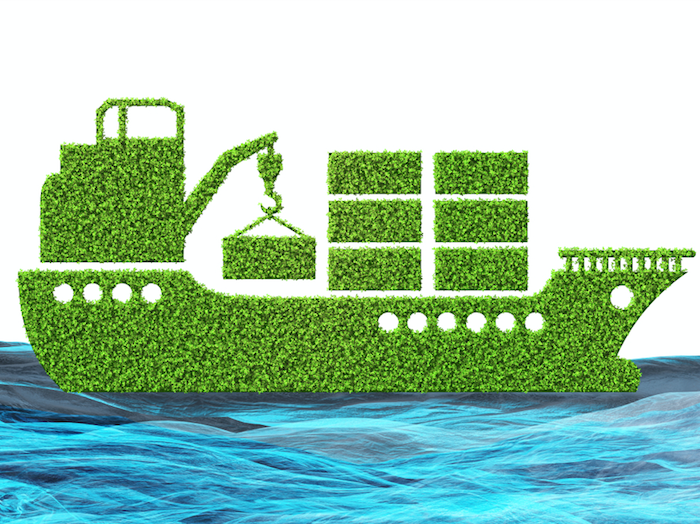
Ambitious green goals or logistics headaches?
Written by Heather Ervin
(Credit: Shutterstock)
In what is adding up to be yet another sign among many that the Biden administration is on board with tougher shipping decarbonization goals, the governments of the U.S., Denmark and Norway, along with the Global Maritime Forum and the Mærsk Mc-Kinney Møller Center for Zero Carbon Shipping, announced earlier this month that they will lead a new “Zero-Emission Shipping Mission” as part of Mission Innovation.
Launched alongside the Paris Agreement in 2015, Mission Innovation brings together governments, public authorities, corporations, investors and academia to achieve the goals of the agreement. Therefore, it is the main intergovernmental platform addressing clean energy innovation.
The new Zero-Emission Shipping Mission, it is hoped, will accelerate international public-private collaboration to scale and deploy new green maritime solutions, setting international shipping on an ambitious zero-emission course. The governments of India, Morocco, the U.K., Singapore, France, Ghana, and South Korea will also support the mission.
The Zero-Emission Shipping Mission has three primary goals. First, to develop, demonstrate, and deploy zero-emission fuels, ships, and fuel infrastructure in a coordinated fashion along the full value chain.
Second, by 2030, ships capable of running on zero-emission fuels—such as green hydrogen, green ammonia, green methanol, and advanced biofuels—should make up at least 5% of the global deep-sea fleet measured by fuel consumption.
And finally, by 2030, at least 200 of these well-to-wake zero-emission fueled ships are in service and utilizing these fuels across their main deep sea shipping routes.
So, what does this mean for newly built ships or vessels that are in the early stages of being designed and meant to last decades (well past the 2030—and even 2050—goals)?
We can expect to see more ships being specified as such things as “ammonia ready,” but that’s just the beginning of the story. The real issue is not whether the ships will be ready for the ammonia (or another green fuel), but whether the ammonia will be green and ready for the ships.
“Ammonia is considered a key fuel on the road to the IMO’s 2030 and 2050 GHG and carbon reduction targets,” said Laurent Leblanc, senior vice president-Technical & Operations at classification society Bureau Veritas (BV).
Just last month, BV released an “Ammonia-Prepared” notation and developed a rule note for ammonia as a marine fuel to support shipowners, designers, shipyards, and charterers in advancing their plans to use ammonia in a zero-carbon future.
Ammonia-Prepared is applicable to newbuilds and certifies that a ship has been designed and constructed to be converted to use ammonia as fuel at a later date.
The notation targets the spaces and structural components that will accommodate future ammonia fuel tanks, fuel handling equipment and ammonia vapor treatment installations.
Ammonia-Prepared also covers specific requirements for the conversion of engines and boilers from using fuel oil, LNG or multiple fuels to ammonia.
Also making waves in the green fuels trend is hydrogen. In March, a new joint venture formed by chemical and product tanker specialist Ardmore Shipping Corporation, Maritime Partners LLC, and Element 1 Corporation aims to bring fuel cells using advanced methanol-to-hydrogen technology to the marine sector—including the inland waterways market.




